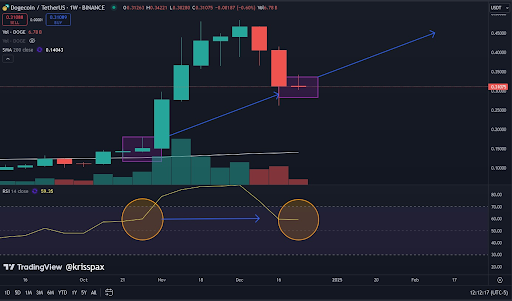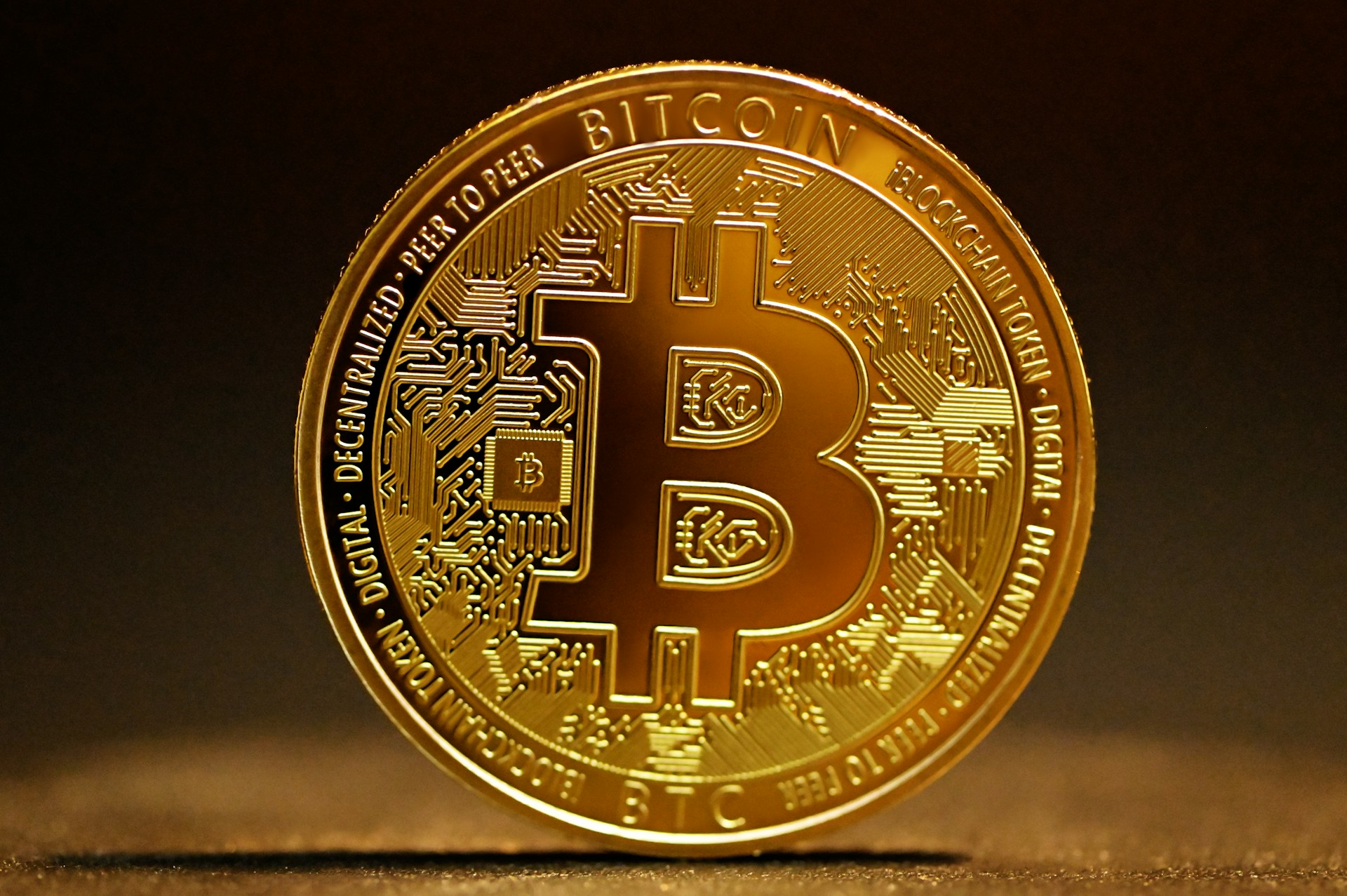Bitcoin Q2 Fundamental Outlook
Bitcoin failed to sustain the bullish momentum built up in the first quarter of 2023, as continued uncertainty and regulatory challenges weighed down on prices. Taking a step back and putting things in perspective, Bitcoin remains one of the standout performers of the year, with gains of around 60% at the time of writing. Looking back at my Q1 Bitcoin trading guide and forecast, several of the same risks and potential catalysts remain in play, with the odd tweak here and there. Let’s dig a little deeper into some of the key factors that could affect the world’s largest cryptocurrency in Q3.
Regulatory Challenges
Heading into 2023, cryptocurrency enthusiasts and companies in the space were hoping for regulatory clarity, especially in the United States. These hopes seem to be fading as the second quarter draws to a close, with the U.S. Securities and Exchange Commission (SEC) filing back-to-back legal charges against two of the largest exchanges in the industry:Binance and Coinbase. The charges against the two entities vary and overlap in how they list and trade tokens that the SEC considers unregistered securities, but they also face legal charges in relation to their “earning and staking services.” Lastly, Binance is also being accused of “wash trading” and of commingling customer funds between domestic and foreign entities.
The SEC and the U.S. government have come under some criticism and scrutiny around the announcements, as some believe it may be a witch hunt. Other notable market participants and Bitcoin enthusiasts, such as Cathy Wood, have expressed concern that the U.S. may be left behind in the race around cryptocurrency regulation, a sentiment echoed by Coinbase CEO Brian Armstrong.
Bitcoin remained resilient in the face of the SEC allegations, with the price rebounding in less than 24 hours. Exchange outflows at both Binance and Coinbase in the aftermath of the charges surprised, with stable coin holdings declining around 20% in 7 days. Bitcoin and Ethereum, however, recorded moderate outflows of around 5.7% and 7.1%, respectively.
Source: Glassnode
The bitcoin chart reveals upside potential given its ability to weather the storm in Q2. For more on this, read our bitcoin fundamental forecast via the banner below:
Recommended by Zain Vawda
Interested in what bitcoin techs are indicating ahead of Q3?
Federal Reserve and Low Liquidity Environment
Historically, Bitcoin has performed best during periods of extreme volatility and ample liquidity, something that was lacking for most of the second quarter. As the Fed continued its hiking cycle, liquidity began to dry up naturally, keeping Bitcoin and its peers largely in check.
A perfect example came around the U.S. banking sector crisis in March, which saw the Federal Reserve inject nearly $400 billion to support struggling lenders and the system as a whole. This excess liquidity coincided with Bitcoin breaking back above the $20,000 mark, reinforcing the link between easy money and cryptocurrencies.
According to Glassnode’s data and analysis (see chart below), Bitcoin’s Highly Liquid Supply figure has registered a marked decline throughout its cycle, currently residing near a low of 2.94 million BTC, a decline of 620,000 BTC since January 2022. This suggests a significant contraction in actively tradable tokens, resulting in both decreased liquidity and constrained supply. A continuation of this trend into the third quarter could lead to sideways price action and market indecision, as was seen during the second half of the second quarter.
Source: Glassnode
Geopolitics and Recessionary Fears
In terms of the overall environment that could affect Bitcoin in the third quarter, recessionary fears are front and center, while stagflation worries in some countries also pose a risk. The U.S. inverted yield curve remains a concern, with increasing similarities between the current cycle and that prior to the 2008 global financial crisis. Many analysts believe that the U.S. consumer will falter soon, so they see a recession rather than inflation as the more imminent threat for the second half of the year. However, recent data and my personal view is that inflation will have a larger impact on financial markets.
Geopolitical risks may also be a major catalyst in the third quarter as the US-China relationship faces further tests. In Europe, the ongoing Russia-Ukraine conflict could spill over to other regions the longer it drags on, weighing on overall sentiment.
BlackRock Files Bitcoin ETF Application
As we had briefly touched on earlier, regulation was seen by some as a real saving grace for the crypto industry following some massive scandals in 2022. However, confidence in U.S. regulators, has started to wane as many market participants view the government’s stance as overkill, with many biases. Instead of being a leader in the industry, the U.S. risks falling behind as other countries around the world begin to modify and adjust their regulatory framework. The reason U.S. regulators have faced a barrage of criticism is due to their continued negative rhetoric surrounding cryptocurrencies, as well as countless rejections of Bitcoin ETF applications.
BlackRock’s application for its iShares Bitcoin Fiduciary ETF comes despite the SEC’s history of denying applications for such financial products. BlackRock, however, believes it can convince regulators given its excellent position and track record of getting its exchange traded funds across the finish line using the same custodian as the Grayscale Bitcoin Trust. The Grayscale Bitcoin Trust has been around for about 10 years but being a trust means it ends up trading like a closed-end fund. This effectively means it can trade at different prices than the underlying value of the actual Bitcoin holdings. The BlackRock ETF have, however, is intended to reflect the Bitcoin price performance before the Trust’s expenses and liabilities are paid. The Coinbase Custody Trust Company will be the main custodian for the Bitcoin holding with BlackRock obviously not fazed by the upcoming lawsuit between the SEC and Coinbase.
We have seen a rebound in the price of Bitcoin following BlackRock’s application, while two other investment firms have since filed for similar authorizations, with New York asset management fund WisdomTree being the most recent to do so. Should BlackRock’s endeavor prove successful, we could be looking at another bullish run, as it could create buzz around increased demand for new cryptocurrency-related ETFs.
Holders Continue Building Their Positions
Another area worth keeping an eye on is long-term Bitcoin holders, who continue to accumulate the world’s largest cryptocurrency at an impressive rate. The current accumulation rate is around 42.2k BTC per month, indicating that long-term players are building positions as supply continues to be available at what many would see as attractive prices. Historically speaking and based on Glassnode’s research, this behavior has been seen in the past, pointing to another 6-12 months of this pattern ahead. This does not bode well for those looking for a quick move or acceleration in price, as we could be in for a prolonged period of consolidation.
In short, there are many challenges that could come into play during the third quarter and have an outsize impact on cryptocurrencies. Like the broader market, Bitcoin is in a delicate position and sensitive to changes in sentiment, but depressed volatility and volume at a time of heightened economic uncertainty may lead to interesting trading opportunities in the coming months.
Trade Smarter – Sign up for the DailyFX Newsletter
Receive timely and compelling market commentary from the DailyFX team
Subscribe to Newsletter
Credit: Source link















































